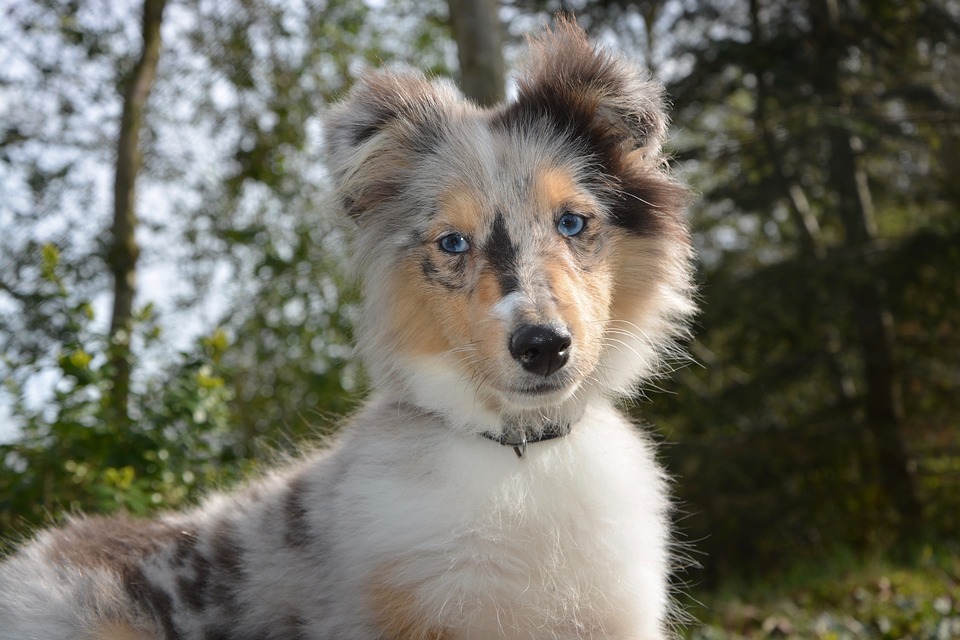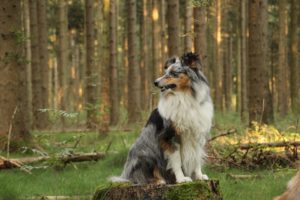Shelties are very awesome dogs! They have an interesting history and I wanted to share with you guys some facts about the Shetland Sheepdog today! When I tell people that I have a Sheltie, they sometimes say they have never heard of this type of dog breed before which surprises me.
Description: The appearance of a Sheltie is very similar to the Rough Collie. The major difference between a Sheltie and Rough Collie is the Sheltie is actually a miniature version of the Rough Collie. The expressions of Shelties are
alertness with a gentle and sometimes reserved nature. The average life expectancy of Shelties is 12 – 13 years, which is pretty good! They are often very good with children. They carry their tail down low, only lifted when alert and never carried over the back. They are a very loyal breed, sometimes reserved with strangers but they open up to them once they get a feel for the stranger! Shelties are a very good family dog and I recommend you get one or many!
History: When Shelties were first introduced to the world, the breeder called them Shetland Collies. But this name actually upset Rough Collie breeders so the name was changed to the Shetland Sheepdog or as we like to call them Shelties. In 1909 the first registered Sheltie was a female dog called Badenock Rose. This Sheltie was introduced by the English Kennel Club. The first Sheltie to be registered by the American Kennel Club was “Lord Scott” in 1911.
Coats: Shelties fur actually has a double coat. A double coat means they have two layers of fur that make up their coat! This means they will always be warm in the winter time! The long rough guard hairs lie on top of a thick soft undercoat. The guard hairs are actually water-repellent, while the undercoat provides relief from both high and low temperatures.
Basic Coat Colors: Shelties have three basic coat colors. The three colors are sable – which is the most dominant of all the colors, tricolor – black, white, and tan, and bi-black – black and white.
Modified Coat Colors: Any of the above colors may also have a color modification gene. The color modification genes are merling and white factoring. Merling dilutes the base color (sable, tricolor, or bi-black) causing a black dog’s coat to show a mix of black, white, and grey hairs, often with black patches. The three different modified coat colors are blue merle – blue, white, and tan, bi-blue – blue and white, and sable merle – faded or mottled sable and white.
There is a lot more about Shelties I can talk about with you guys but I just wanted to give you some facts about them! Having a Sheltie is awesome and I recommend if you don’t have one, go out there and find one! They will make you happy! I really hoped you guys enjoyed reading this article today! Be sure to follow us on Facebook and Instagram at sheltiesarelife !!

